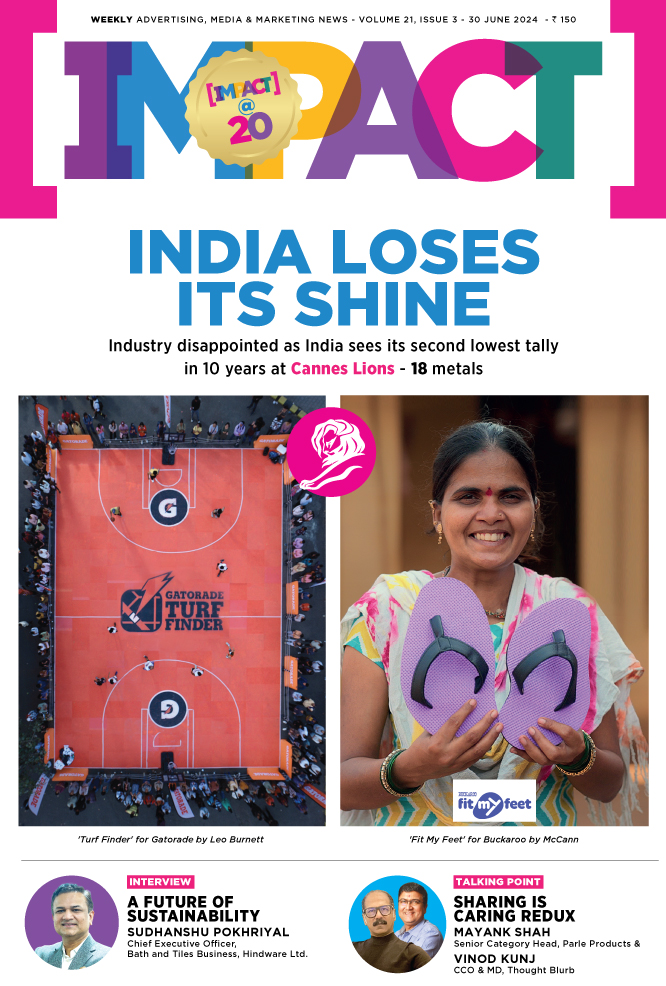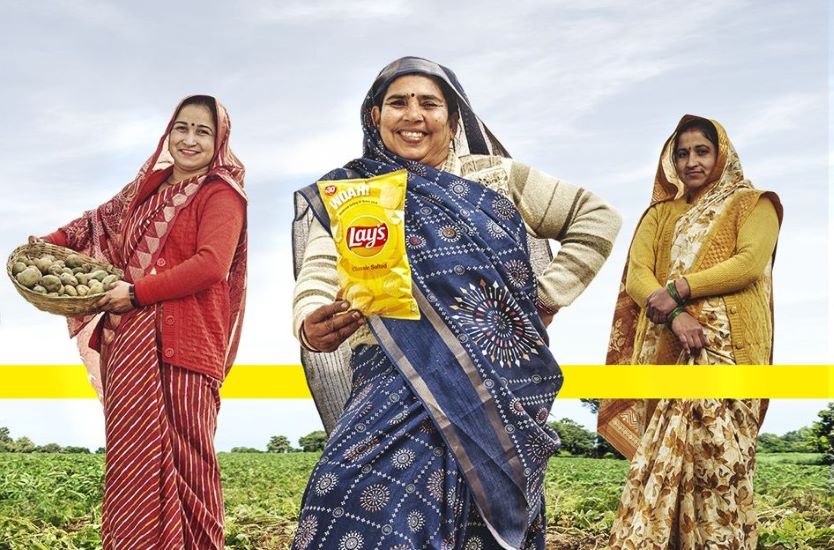TRIBUTE
R K Laxman
October 24, 1921 - January 26, 2015
By K V Sridhar
As his pencil touched paper, simple black lines on a white scape came together to voice the most complicated realities of the ‘Common Man’. R K Laxman, better known as India’s best cartoonist and caricaturist, was a person who with his wit satirically told society and its leaders that the truth meant much more to him.
He was an inspirational anchor for the budding artist in me and remains so. It was way back in the late 1960s and early 70s that Laxman’s cartoons had begun to gain popularity; around the same time, I was about 12 years old and had participated in Shankar’s International Caricature Competition. Shankar is known as the father of caricatures in India, it was a really famous and prestigious competition of my childhood. The draw to participate in this competition for me was the prize - if you won, you would receive your accolade at New Delhi on Children’s Day. Thanks to Shankar and his background, I was drawn to the art form of caricatures and cartoons. As I began to experiment with this art form, I stumbled upon R K Laxman. What I saw instantly captivated me. Although I was too young to understand the political satires he wove in his black and white drawings, his work began to influence me more. As a kid, what caught my fancy was his ability to draw human figures with effortless simplicity. They were anatomically perfect and yet so uncomplicated. Unlike his British and New York Times contemporaries who would often go beyond reality and adopt stylized forms of thin line illustrations, wherein human figures would be converted into matchstick figures, Laxman illustrated with utmost reality. He never took liberties like making the face of the character ten times larger or draw only four fingers and forget the fifth. It was his knack for realism that made his art so different. As a kid who was attempting to draw, to see complicated human figures and postures recreated with simplicity was sheer delight for me. It is at this juncture of my life that I began indulging, romancing and idealizing the phenomenon called R K Laxman, the art called R K Laxman.

My fascination for Laxman thickened just before or around the time of Emergency when he portrayed Indira Gandhi, Morarji Desai and other political personalities of that time. How his pinch of satire and wit made bold statements! Indira Gandhi is a person whose face is an ideal and steady material for any artist anywhere in the world. Her profile, features and the grey fringe in her hair were aspects that every caricaturist loved. R K Laxman immortalized those impeccably; he strengthened the trend of social commentary on political scenarios of a country by giving it a whole new dimension. That was a time when publications like the Illustrated Weekly were huge. That was also a time when I was at the crossroads, contemplating whether I should become an artist or a cartoonist. And alongside Laxman came yet another influence, M F Husain. While Laxman questioned satirically, M F Husain praised Indira liberally. He had done a series of paintings just before the Emergency, where he had portrayed Indira Gandhi as Durga, as the woman of power and personified her as Bharat Mata.

I as an artist was between these two extremes - while Husain’s art too was illustrative, it had abstract as its soul, his art encapsulated deeper meanings and symbolisms. I could have drifted the Husain way and could have imbibed the abstract illustrations. But Laxman’s realism made a deeper impression on me. I was in awe of his ability to use observations. His illustrations consisted of those ‘corner of the eye observations’ which were thrown in as a small detail here and there. For instance, I remember one of his illustrations dedicated to Chowpatty, in which the Common Man was featured with a fashionable Gujarati woman, who was slightly plump and was wearing a sleeveless outfit with a small little purse in her hand. The ultimate detail here was a vaccination mark on her shoulder. It is such kind of details that blow your mind. Laxman’s work is all about these details, he weaves them as real as they are.
We see such detailing in fine art, but in the genre of caricatures and cartoons, take any artist of his time and you find that they all use details as decoration, and not as part of life. But it was Laxman’s greatness to have an eye that misses nothing. I pay a heartfelt tribute to this dimension of Laxman’s prowess.
As a young artist when I was doing my Masters, our teachers used to ask us to go and do live sketches. Being in Hyderabad, I did not have a beach, but I used to visit markets and railway stations. We had a time window of less than 20-25 seconds because our models were real subjects who were busy going about their daily routine in life. It is here that I tried to implement Laxman’s ‘corner of the eye observation’ and whenever I was successful in capturing that little detail in my drawing, I used to feel very happy. I have a fond memory of a brief meeting with Laxman, he was a truly humble man who never really knew the actual commercial value of his art. He was truly like one of the characters from Malgudi Days, laden with innocence and goodness.
Many years back, I attended an Art Appreciation course at Salarjung Museum which had art curators from across the world participating. One of them made an interesting remark: “Moghul artists actually used to write portraits and not draw.” A remark that I feel closely resonates with Laxman. He never drew, he wrote his illustration. Such was the precision of his work. He could draw Charan Singh faster than one could write the name. Laxman brought to us the Common Man, the common crow! I pay my respects and ode to him as an artist who learnt a lot from him. While the creator traversed beyond his destiny, his creations continue to help many find theirs.
Feedback: ksridhar@sapient.com






















